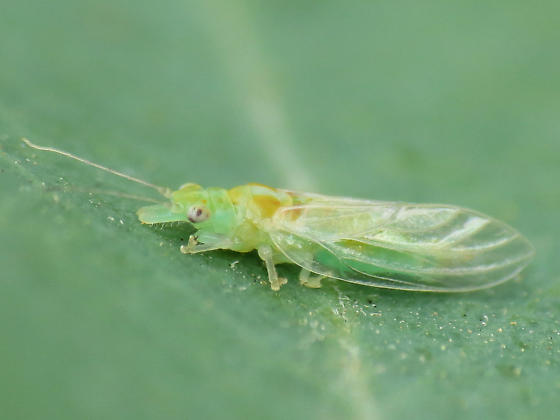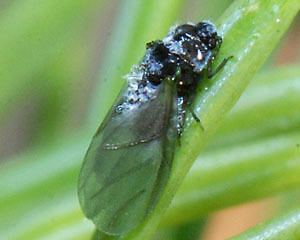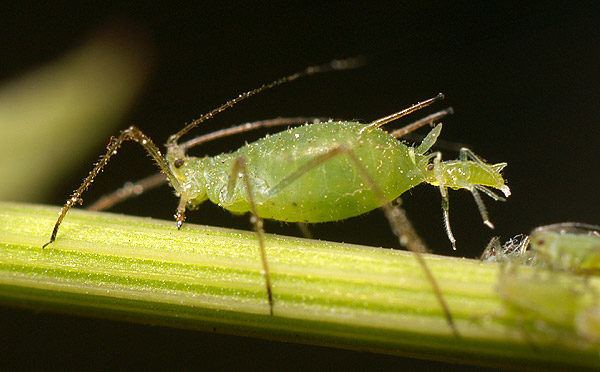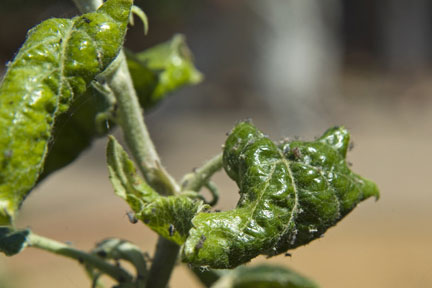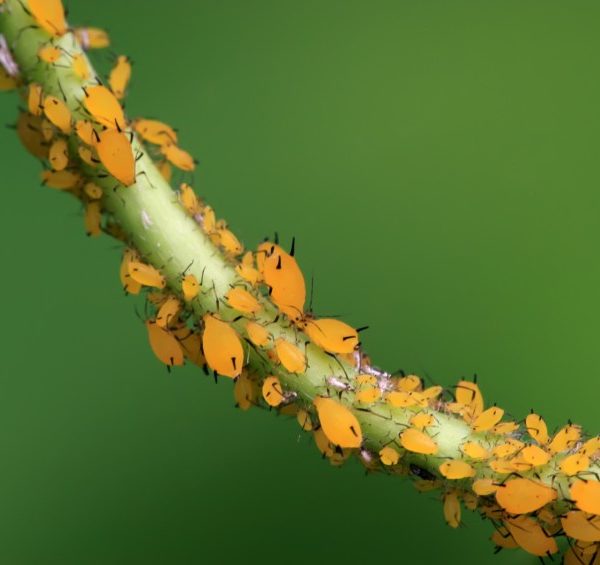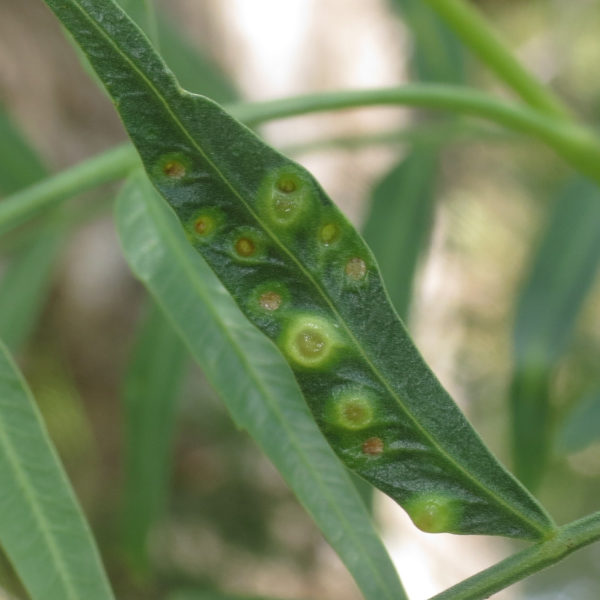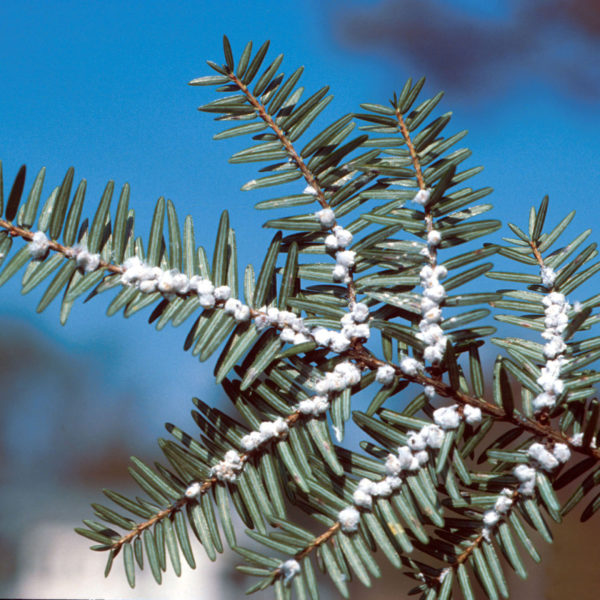Spring is on its way and that means that soon we will see flowers blooming, leaves budding out, and masses of teeny tiny green bugs sucking the life out of trees everywhere. Looked at from a certain angle, the cycle illustrates nature in perfect balance: the Earth’s tilt on its axis makes the days grow longer, the increase in sunlight signals to trees to push out new growth, the budding baby leaves provide an ideal source of food to sucking insects, the insects consume the sweet nectar of the new leaves and expel honeydew, which drips from the trees onto cars and welcomes in a new season of car detailing.
Property Damage
As a tree care company, we want your trees to look their best. But we understand that in the world of property management there are greater concerns:
What is this sticky stuff all over my car??
The lobby floor is so dirty!
People keep tracking something in from the sidewalks. Can you get the day porter to mop again?
Before you increase your janitorial budget or start giving out seasonal carwashes, talk to your tree care company’s Plant Health Care expert. You might be able to stop the problem before it starts!
Who’s to Blame?
The main culprits this time of year are psyllids, aphids, and adelgids (related to aphids but found on conifers). Scale is another pest that feeds by sucking on leaves but its manifestations and treatment are slightly different so we will cover them in a future article.
Signs of Suckers
The downside of course is that sucking insect infestations also result in unattractive and unhealthy trees. Signs include:
- Sticky honeydew on leaves and under trees
- Yellowing or wilting leaves
- Distorted or pockmarked leaves
- Defoliation
- White, cottony tufts on twigs, needles or cones
- Grayish green needles
- Unseasonal needle drop
Don’t Be a Sucker
Contact us or talk to your tree care company today about how to minimize damage to trees and property this spring.

